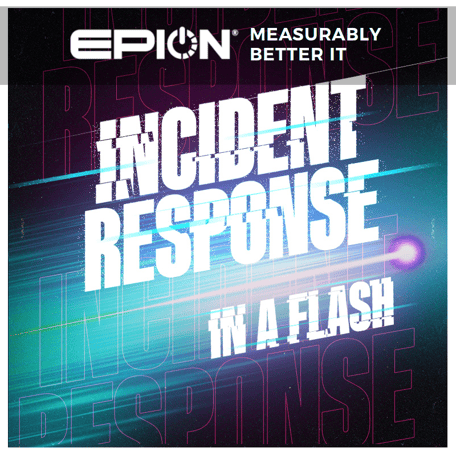Don’t Make These Incident Response Planning Mistakes

Worried about cyberattacks hitting your business? You're not alone.
Cyberattacks pose a real danger to businesses like yours and without a solid incident response plan, your business won’t be able to recover quickly, resulting in extensive losses. The good news, however, is that an incident response plan can help.
Through this blog, we’ll show you the common mistakes, myths and misconceptions that can stop you from building a strong response plan. We’ll also share simple solutions that will help you safely navigate cyber challenges.
Avoid these mistakes to build a strong response plan
Here are a few common mistakes that all businesses should avoid:
Mistake 1: Thinking cyber incidents only come from external attacks
- By ignoring internal threats, you’re creating opportunities for cyberattacks.
- Internal mistakes, like ineffective processes or human errors due to inadequate training, can also lead to data breaches.
Solution: Invest in your employees and set up a process
- Train your employees on cybersecurity best practices and establish protocols for handling
sensitive information.
- Periodically review your internal processes. This will help you find and resolve issues in your procedures that could lead to data leakage.
Mistake 2: Focusing only on technology
- You can’t build an effective incident response plan by solely focusing on technology. While tech solutions are valuable, they're only effective when they are efficiently leveraged by a team of trained personnel.
- A solid response plan goes beyond technology and includes communication plans, legal considerations and damage control strategies.
Solution: Build a complete response plan
- Train your response team on both tools and processes. Don't focus solely on the technology.
- Develop clear communication protocols.
- Define clear roles and responsibilities.
- Ensure your team understands your legal obligation to report and comply with data breach regulations.
Mistake 4: Not updating your response plan
- It’s a common misconception that an incident response plan, once created, need not be updated. However, the truth is, without regular review, updates and practice, a response plan will become ineffective.
- Also, without simulations and post-incident analysis, you won’t be able to find the root cause of a problem and avoid future reoccurrence.
Solution: Consistently review your response plan
- Establish a process to hold regular reviews.
- Adapt your response plan to keep up with the evolving threat landscape.
- Conduct periodic simulations to refine your response strategy and ensure team readiness.
The above-mentioned solutions will help you build a proactive incident response plan. However, it’s also a good strategy to take the help of experts if you don’t have the resources and tools. Consider partnering with an experienced IT service provider.
Building resilience: Partner for a robust incident response plan
Ready to fortify your business against cyberthreats?
All businesses today must have a solid incident response plan against ever-evolving cybersecurity threats. However, to build an effective response plan, you need expertise, resources and advanced tools. That's where we can be your strategic partner — your first line of defense against cyberstorms.



